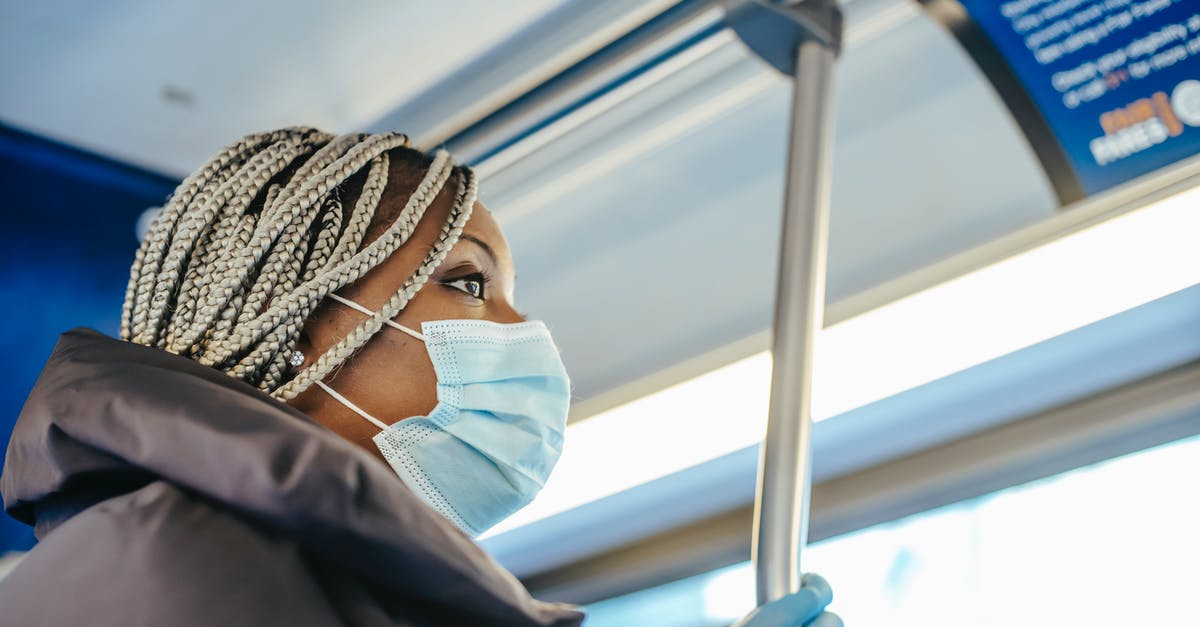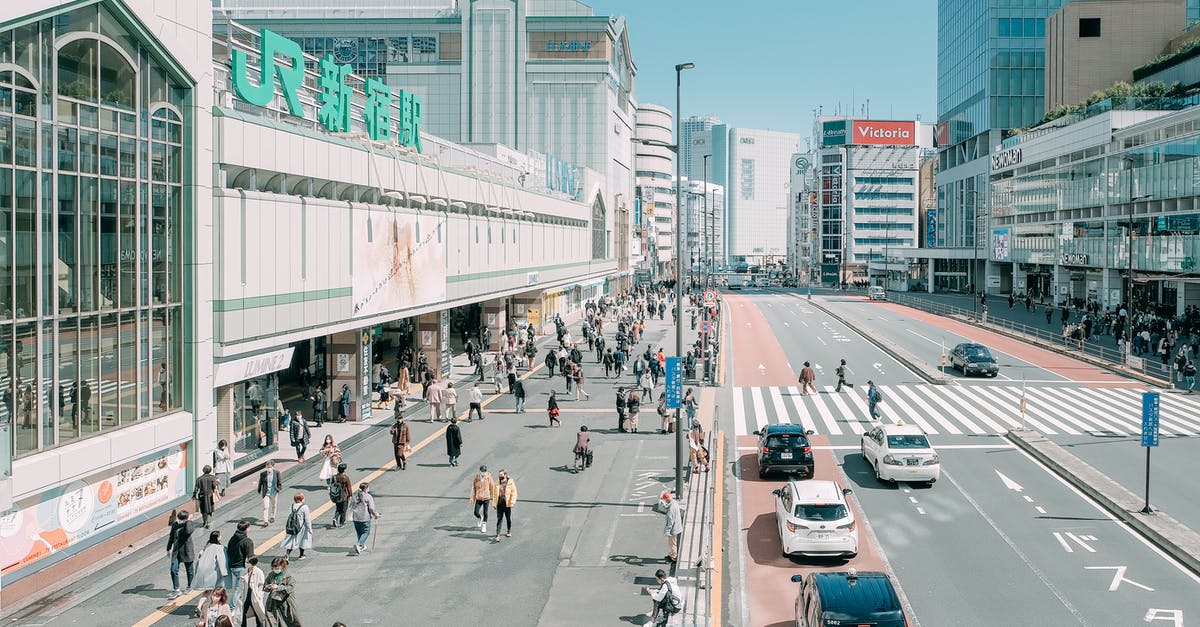Traveling from San Francisco to Tokyo with a peculiar medical condition

I have a peculiar medical condition. I can stand and walk around fine, but that is exactly the extent of physical movements I can make; I cannot sit for a long time or carry anything heavier than my smartphone without aggravating my condition (pain).
I happen to be a Japanese national living near San Francisco with an F-1 visa now. I would like to go back home to Tokyo some time soon. I have actually done a non-stop flight from San Francisco to Tokyo (Narita) before with this condition. I traveled with my girlfriend back then, who helped me with luggage, security, in-flight meals, explaining my condition to the crews, entertaining me for 11 hours, and so forth. I mostly stood on the plane, except the 30 minutes during the take-off and the landing.
Now I am planning to do this all by myself this time. How should I plan this? In particular:
- Should I arrange something with an airline company?
- Or with airports?
- Should I obtain some documents from the doctor to show to TSA?
- Can I get help with my luggage when I go through the security screening?
- Is there anything else that I should prepare for?
(I prefer air travel because I have a better idea as to what to expect.)
Best Answer
Airports are relatively easy. At SFO airport, the Americans with Disabilities Act and Air Carrier Access Act cover you so that you can request wheelchair service. It’s best to call ahead and also have a doctor’s note. This note should only mention you need help to the gate and not mention in flight. And 99% if the time you don’t need a note at all to request wheelchair service. You can either have the wheelchair attendant carry your bag and help you through security, or you could check everything in and only carry your passport and boarding pass. In any case, tip your wheelchair attendant well.
The tricky thing is in-flight. I don’t think you can request standing as a medical accommodation. The airline would be rightfully worried that in the case of turbulence, you would need to be seated with a seatbelt and they don’t want to assume liability if you are hurt (either hurt standing or hurt seated because of your condition). And in steerage (economy) the cabin attendants prefer the customers to be seated so that they don’t mill around the bathrooms or galleys.
A doctor’s note saying you can’t be seated for the duration might actually cause you to be denied boarding as it might be construed as an unreasonable accommodation. You could get a disability lawyer to advocate otherwise but it might be hard. Courts tend to defer to the airlines and to the pilots opinion of what is safe.
So.. for the inflight portion, you may want to not request an accommodation but also try to fly business or first class, where the cabin attendants tend to be more willing to accommodate their passengers’ needs. For example, first and business class cabin attendants will help you put your cabin luggage into an upper luggage rack, which is something that economy class attendants are increasingly loathe to help you do.
At Narita airport, there are some staff who can help with your checked luggage. They are used to seeing people in wheelchairs but a doctor’s note should help.
To recap:
At ticketing, it's strongly recommend you buy business class or higher.
Before leaving: it's strongly recommend you send anything heavy by separate air mail or package delivery
3 days before leaving: It's best to call the airline and ask for wheelchair service in the terminals
1 day before leaving: It's best to call to confirm wheelchair service. The wheelchair service isn't necessarily to sit in the wheelchair and get pushed, they can just carry your cabin luggage and you can walk. It also helps signal to TSA that you need special handling.
On the day at SFO: I recommend hiring a limo driver who will not only drive you to SFO but walk you to the check-in counter or special services counter with your luggage. Special services can then check you in. There, you will meet your wheelchair attendant.
TSA: The wheelchair attendant can help you through TSA with your hand luggage. Unfortunately, as a Japanese national on an F1 visa you aren't eligible for TSA Pre-check or Global Entry, but you can use Clear which SFO has.
Gate: The wheelchair attendant will take you to the gate where you are passed onto the gate agent. If you want to board the plane last (to maximize standing time) be sure to tell the gate agent. You can also tell them if you need help in the gateway or on board
Flight: I'd be hesitant to tell the cabin attendant of special needs if you're flying in economy -- until the plane takes off. Even then, a minimal "My doctor says I need to stand as much as possible on this flight." But be prepared for a hassle if you're not in business/first.
At Narita: there should also be a wheelchair assistant waiting for you. The wheelchair attendant will take you through immigration and customs but their responsibility ends at the arrival hall. So I would arrange for friends to meet you.
Note 1: Every airline flying into the USA is required to have a disability Complaint Resolution Officer. You should look up the airline’s CRO ahead of time and have it on your phone. If you encounter any problems at the counter or gate, call the CRO rather than asking for a supervisor. On board, the pilot has absolute authority so your options are more limited.
Note 2: Even if you don’t absolutely need to use a cane (or crutches, brace, or other assistive device) it can be useful to wear or use them anyway in order to visibly signal that you are not an able-bodied passenger. For example, one of my deaf friends has a hearing aid that doesn't have any batteries in it (as he's stone deaf) but that useful to wear as a prop to show people that he's really-really deaf.
Note 3: If it's not clear, traveling with a chronic illness or disability can be expensive -- or to put it another way, traveling with a chronic illness or disability is much easier if you're rich enough to afford the upper class amenities and avoid the hassles that are borne upon economy-rate passengers.
Pictures about "Traveling from San Francisco to Tokyo with a peculiar medical condition"



Can San Francisco Be Saved?
Sources: Stack Exchange - This article follows the attribution requirements of Stack Exchange and is licensed under CC BY-SA 3.0.
Images: Laura James, WENCHENG JIANG, WENCHENG JIANG, WENCHENG JIANG
